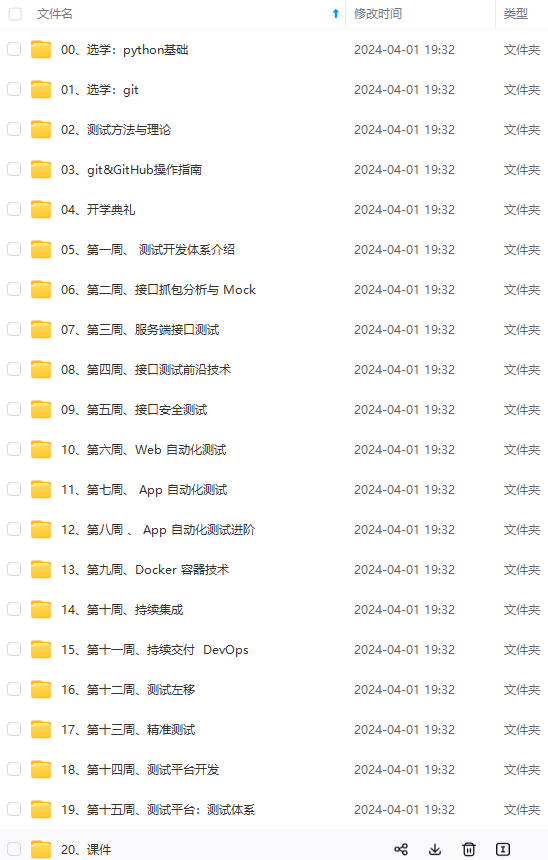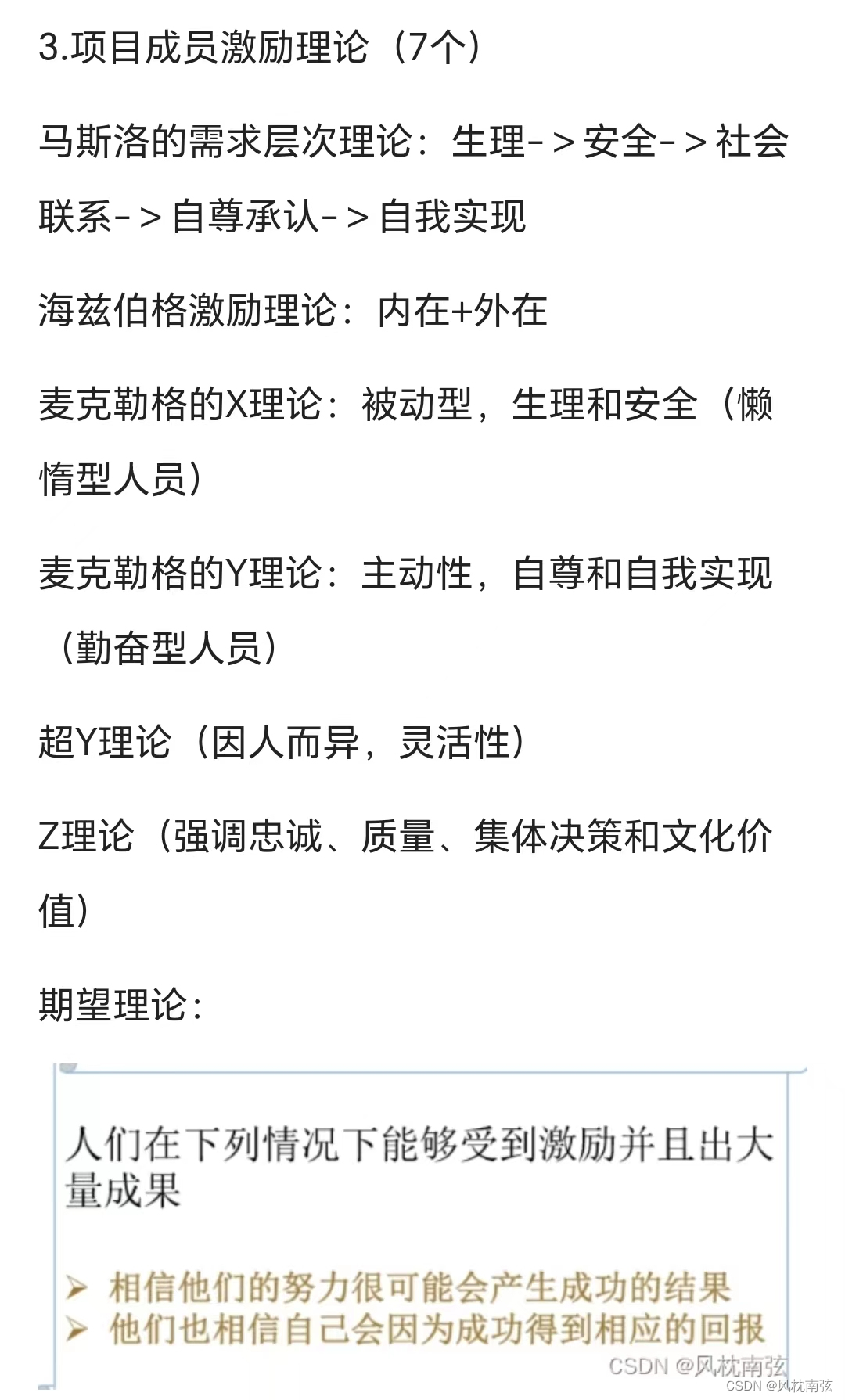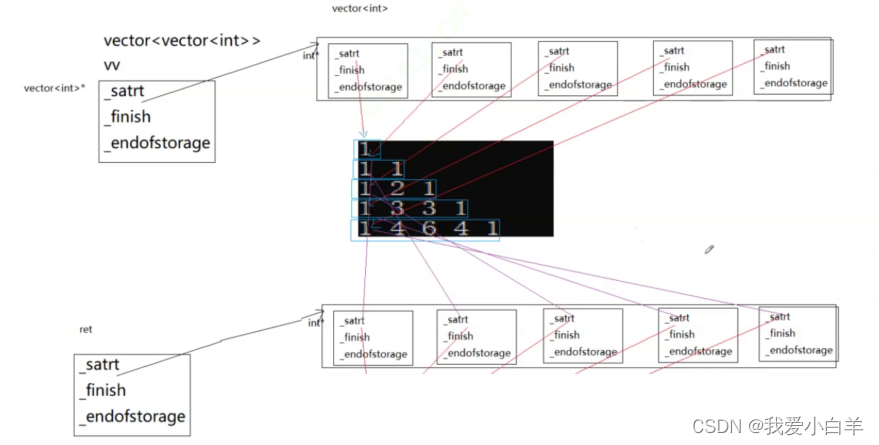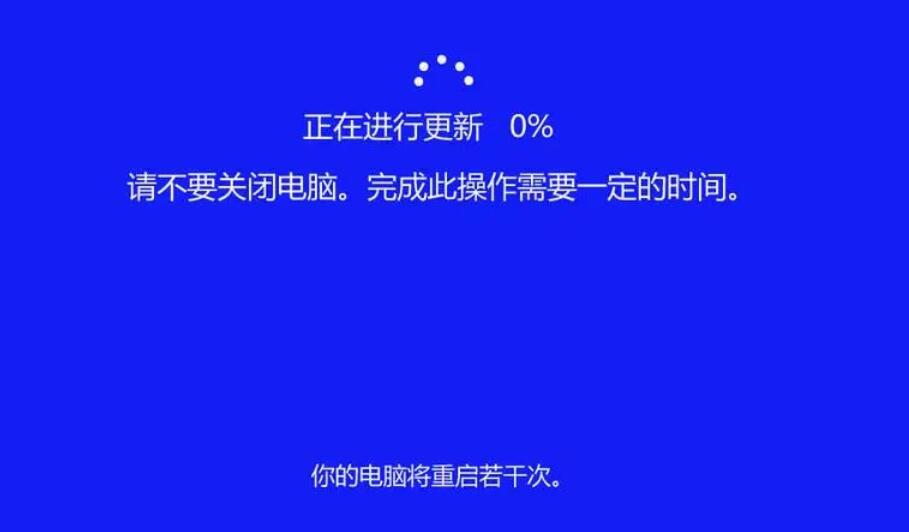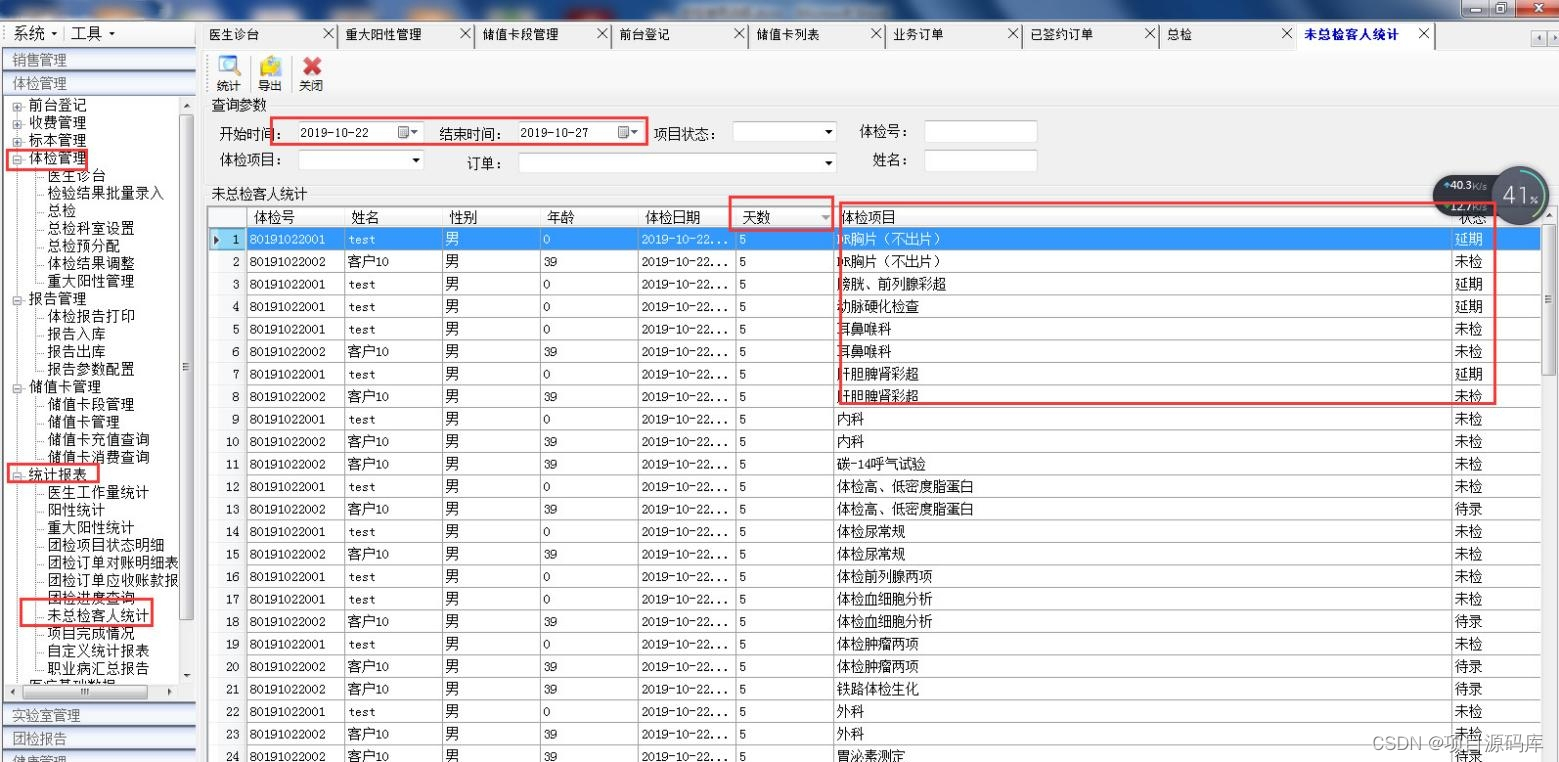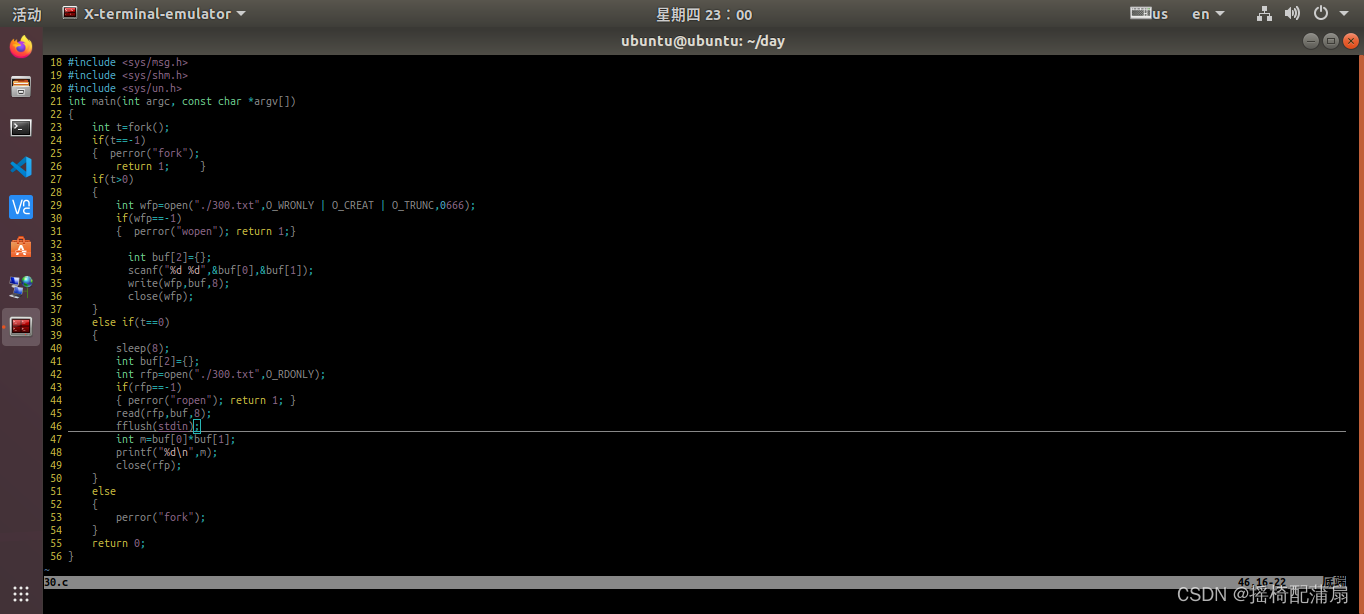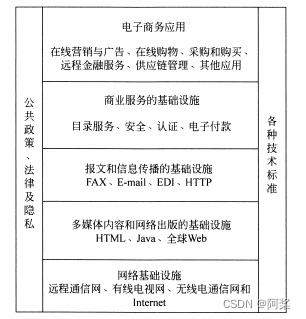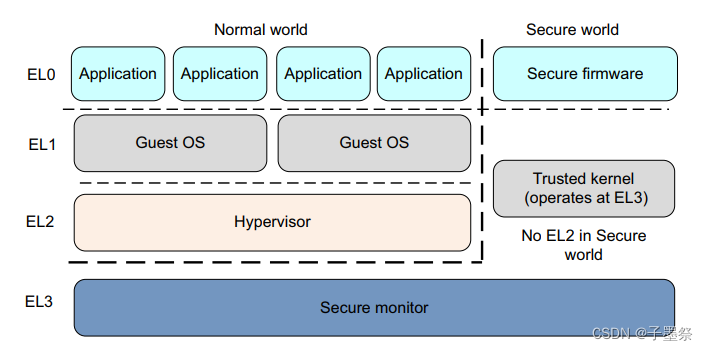Pinia和Vuex一样都是是vue的全局状态管理器。其实Pinia就是Vuex5,只不过为了尊重原作者的贡献就沿用了这个看起来很甜的名字Pinia。(实际项目中千万不要即用Vuex又用Pinia,不然你会被同事‘’请去喝茶的‘’。
一、安装(常用命令安装)
- Vuex
npm i vuex -S- Pinia
npm i pinia -S二、挂载
1.Vuex在src目录下新建vuexStore,实际项目中你只需要建一个store目录即可,由于我们需要两种状态管理器,所以需要将其分开并创建两个store目录 【新建vuexStore/index.js】
import { createStore } from 'vuex'
export default createStore({
//全局state,类似于vue种的data
state() {
return {
vuexmsg: "hello vuex",
name: "xiaoyue",
};
},
//修改state函数
mutations: {
},
//提交的mutation可以包含任意异步操作
actions: {
},
//类似于vue中的计算属性
getters: {
},
//将store分割成模块(module),应用较大时使用
modules: {
}
})main.js引入
import { createApp } from 'vue'
import App from './App.vue'
import store from '@/vuexStore'
createApp(App).use(store).mount('#app')App.vue测试
<template>
<div></div>
</template>
<script setup>
import { useStore } from 'vuex'
let vuexStore = useStore()
console.log(vuexStore.state.vuexmsg); //hello vuex
</script>页面正常打印hello vuex说明我们的Vuex已经挂载成功了。
2.Pinia
- main.js引入
import { createApp } from "vue";
import App from "./App.vue";
import {createPinia} from 'pinia'
const pinia = createPinia()
createApp(App).use(pinia).mount("#app");- 创建Store src下新建piniaStore/storeA.js
import { defineStore } from "pinia";
export const storeA = defineStore("storeA", {
state: () => {
return {
piniaMsg: "hello pinia",
};
},
getters: {},
actions: {},
});- App.vue使用
<template>
<div></div>
</template>
<script setup>
import { storeA } from '@/piniaStore/storeA'
let piniaStoreA = storeA()
console.log(piniaStoreA.piniaMsg); //hello pinia
</script>三、修改状态
1.vuex在组件中直接修改state,如App.vue
<template>
<div>{{vuexStore.state.vuexmsg}}</div>
</template>
<script setup>
import { useStore } from 'vuex'
let vuexStore = useStore()
vuexStore.state.vuexmsg = 'hello juejin'
console.log(vuexStore.state.vuexmsg)
</script>
直接在组件中修改state的而且还是响应式的,但是如果这样做了,vuex不能够记录每一次state的变化记录,影响我们的调试。当vuex开启严格模式的时候,直接修改state会抛出错误,所以官方建议我们开启严格模式,所有的state变更都在vuex内部进行,在mutations进行修改。例如vuexStore/index.js
import { createStore } from "vuex";
export default createStore({
strict: true,
//全局state,类似于vue种的data
state: {
vuexmsg: "hello vuex",
},
//修改state函数
mutations: {
setVuexMsg(state, data) {
state.vuexmsg = data;
},
},
//提交的mutation可以包含任意异步操作
actions: {},
//类似于vue中的计算属性
getters: {},
//将store分割成模块(module),应用较大时使用
modules: {},
});当我们需要修改vuexmsg的时候需要提交setVuexMsg方法,如App.vue
<template>
<div>{{ vuexStore.state.vuexmsg }}</div>
</template>
<script setup>
import { useStore } from 'vuex'
let vuexStore = useStore()
vuexStore.commit('setVuexMsg', 'hello juejin')
console.log(vuexStore.state.vuexmsg) //hello juejin
</script>或者我们可以在actions中进行提交mutations修改state:
import { createStore } from "vuex";
export default createStore({
strict: true,
//全局state,类似于vue种的data
state() {
return {
vuexmsg: "hello vuex",
}
},
//修改state函数
mutations: {
setVuexMsg(state, data) {
state.vuexmsg = data;
},
},
//提交的mutation可以包含任意异步操作
actions: {
async getState({ commit }) {
//const result = await xxxx 假设这里进行了请求并拿到了返回值
commit("setVuexMsg", "hello juejin");
},
}
});组件中使用dispatch进行分发actions
<template>
<div>{{ vuexStore.state.vuexmsg }}</div>
</template>
<script setup>
import { useStore } from 'vuex'
let vuexStore = useStore()
vuexStore.dispatch('getState')
</script>
一般来说,vuex中的流程是首先actions一般放异步函数,拿请求后端接口为例,当后端接口返回值的时候,actions中会提交一个mutations中的函数,然后这个函数对vuex中的状态(state)进行一个修改,组件中再渲染这个状态,从而实现整个数据流程都在vuex内部进行便于检测。直接看图,一目了然

